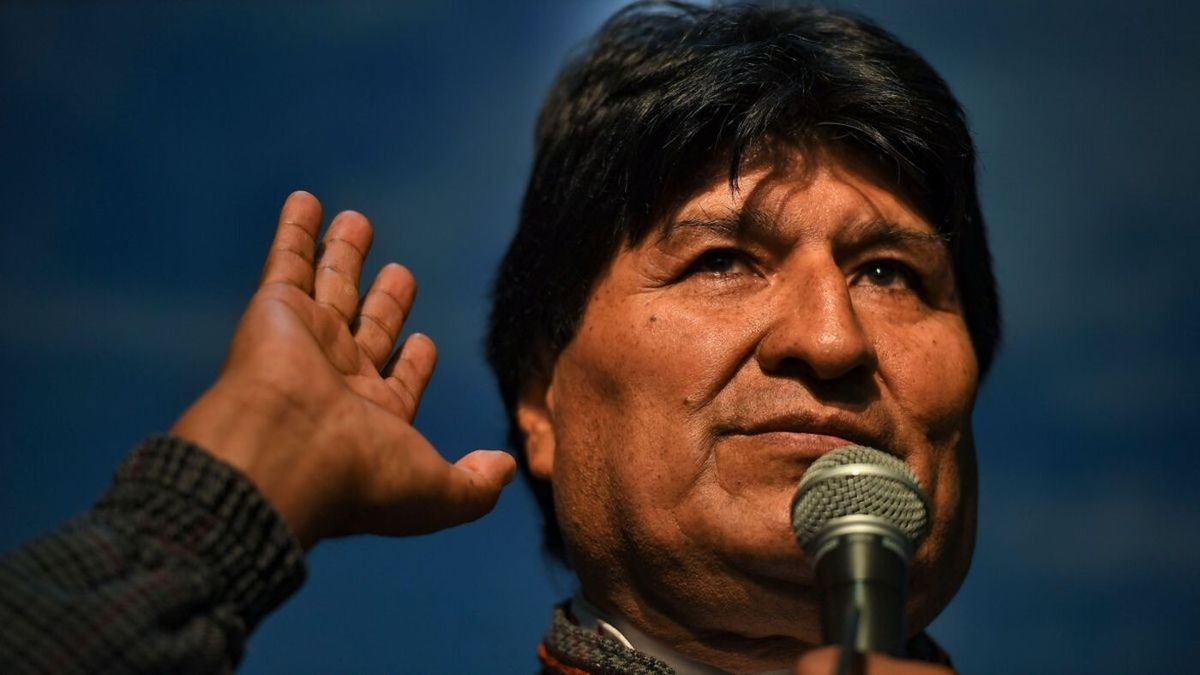Hamas leader Jihia al-Sinwar was considered the mastermind behind the October massacre. Will there be new movement in talks about a ceasefire and hostage releases after his death?
After the killing of Hamas leader Jihia al-Sinwar in the Gaza Strip, the governments of Israel and the USA see greater chances of an end to the war in the Middle East that has been going on for over a year. Israeli Prime Minister Benjamin Netanyahu described the killing of the region’s most wanted Islamist terrorist as a milestone. However, it seems questionable whether hopes for de-escalation after months of war with Hamas in the Gaza Strip and its ally Hezbollah in Lebanon will really be fulfilled.
“This is the beginning of the day after Hamas,” Netanyahu said in a video message to the Palestinian population in the Gaza Strip. The people in the sealed-off coastal area, which has been badly affected by war, should finally free themselves from Hamas’s “oppressive rule” that has been in place for years. US President Joe Biden also said that the chance of a “day after” in the Gaza Strip without the Islamists in power could now be seized. Sinwar was an obstacle to a political solution that would offer both Israelis and Palestinians a better future.
How the military brought down terrorist leader Sinwar
Sinwar was considered the mastermind of the bloody attack on Israel on October 7, 2023, in which Islamist terrorists killed more than 1,200 people and kidnapped another 250 to the Gaza Strip. Immediately after the massacre, Israel’s army and secret services began the hunt for the chief planner. Sinwar is said to have hidden for a long time in the extensive tunnel system under the Gaza Strip – supposedly always surrounded by hostages as a human shield.
According to the Israeli army, Sinwar was killed on Wednesday in Rafah in the southern Gaza Strip. After he and two other gunmen were discovered by chance, Sinwar hid in a house and an Israeli tank fired a grenade into the building, The Times of Israel newspaper reported.
The military released footage from a drone showing a hooded and dust-covered man – supposedly Sinwar – still alive, sitting on an armchair in a bombed-out building. As the drone approaches, he throws a stick at the remote-controlled aircraft. At this point the video stops. Israeli media later published photos of what was believed to be Sinwar’s body lying among the rubble with severe head injuries.
How the Hamas leader was identified
According to media reports, forensic scientists from the Israeli police determined Sinwar’s identity based on the position of his teeth and fingerprints, and a DNA test was also carried out. Israel has the Hamas leader’s biometric data because he previously served more than 20 years in Israeli prisons.
The Islamist, known as the “Butcher of Khan Yunis” because of his brutality in dealing with political opponents, was once sentenced to a long prison sentence for the murder of four suspected collaborators and two Israeli soldiers. In 2011, he was one of more than 1,000 Palestinian prisoners released in exchange for Israeli soldier Gilad Shalit held in Gaza.
Who could replace Sinwar at the head of Hamas?
According to media reports, after Sinwar’s death, his younger brother Mohammed could now move to the top of the terrorist organization. He was one of his closest confidants and also involved in the planning of the October massacre. He also organized the kidnapping of the soldier Shalit, with whom he finally freed his brother from Israeli custody. According to a report by the Israeli news portal “Ynet”, Mohammed al-Sinwar has already survived three Israeli assassination attempts.
What does Sinwar’s death mean for the war in the Middle East?
After the death of the top terrorist, there is growing hope that the changed situation can be used to defuse the extremely complicated conflict in the Middle East. US President Biden said he now has more hope than before, “but there is still a lot of work ahead of us.” U.S. national security adviser Jake Sullivan said Sinwar’s killing provided an opportunity to secure the return of the hostages and an end to the war. British Prime Minister Keir Starmer said the release of all hostages, an immediate ceasefire and an increase in humanitarian aid were overdue and necessary to take steps towards long-term, sustainable peace in the Middle East.
However, the Hamas-allied Hezbollah militia in Lebanon, which is also engaged in armed conflict with Israel and has been firing rockets at the neighboring country for months, did not tone down its rhetoric – on the contrary. After news of Sinwar’s death, she announced “a new phase of escalation” that would become apparent in the next few days. Israel’s military, on the other hand, has so far shown no willingness to scale back its heavy attacks on targets in Lebanon.
anniversary
When the horror began – October 7th in pictures
New hope for the Israeli hostages?
Relatives of the hostage demanded that the situation after Sinwar’s death be taken advantage of and that greater efforts be made to free those abducted. “We have settled the score with the mass murderer Sinwar, but there will be no total victory if we do not save their lives and bring them home,” the Jerusalem Post newspaper quoted a spokeswoman for the relatives as saying. Netanyahu said in his message to the hostage takers in Gaza: “Whoever lays down their weapons and returns the hostages – we will enable them to get out and survive.” At the same time, he threatened that anyone who harmed the hostages would “settle the score.”
Source: Stern
I have been working in the news industry for over 6 years, first as a reporter and now as an editor. I have covered politics extensively, and my work has appeared in major newspapers and online news outlets around the world. In addition to my writing, I also contribute regularly to 24 Hours World.




